Studio of Sir Peter Lely (1618-1680)
This work formed part of a collection of family pictures and heirlooms of the Smyth Baronets at their magnificent one-thousand-year-old stately home Ashton Court, where they resided for over 400 years. The sitter in this magnificent portrait descended from one of the best and most ancient families in England. From the studio of the most technically proficient painter in England after the death of Van Dyck, and the dominant court painter to Charles II and James, Duke of York, Sir Peter Lely.
This elegant and beautiful painting is a classic example of English Baroque portraiture. Meticulously rendered, the sitter is three quarter length, holding a cluster of flowers. The painting abounds with ingenious flourishes and demonstrations of the painter's skill and superior pictorial technique. It was painted circa 1677 when Lely was at the height of his artistic powers and most likely on the occasion of the sitter’s marriage. Sir Peter Lely’s character and talent dominated the art world in the second half of the seventeenth century in England and everyone of significance sat to him.
This elegant portrait of Catherine Watson, Countess of Rockington (1657-1695) portrays her in the finest dress and seated in a rocky outcrop with romantic autumnal landscape beyond. It was a popular pose that Lely used throughout the 1670’s and one which would have been chosen from a selection by the sitter. In line with tradition at the time the portrait was likely painted on the occasion of her marriage in 1677. It was common for more than one portrait to be produced to adorn the walls of the sitter’s various estates or to give to friends and family as gifts. One other version of this portrait is known to exist.
Born Lady Catherine Sondes in 1658 to Sir George Sondes, 1st Earl of Feversham KB (1599-1677) and Mary Villiers (d.1688), daughter of Sir William Villiers, of Brooksby. The family of Sondes is found in Throwley, in Kent, as early as the fourteenth century. Catherine, who was the heiress of her father, married Lewis Watson, 3rd Baron Rockingham, later 1st Earl of Rockingham (1655-1724) on 17th July 1677. The Watson family had been settled at Rockingham, Northamptonshire, since the reign of Henry VIII. The family seat still remains - Rockingham Castle. Lewis was the grandson of the infamous Thomas Wentworth, 1st Earl of Strafford (1593-1641) - a major figure in the period leading up to the Civil War). Her father had died three months earlier and there followed an acrimonious court case over the Feversham inheritance, which led to a ruling by the House of Lords in July 1678 that his brother-in-law Louis de Duras, the 2nd Earl (widower of the elder daughter, Lady Mary Sondes d.v.p. in 1676), who had succeeded to the Feversham title by special remainder, should receive £3,000 p.a. for life out of the estates. The 2nd Earl therefore retained these Kentish estates.
Lewis Watson succeeded to the Rockingham barony in 1689 and upon the death of the 2nd Earl Feversham in 1709 he finally inherited the remainder of the Feversham estates. By this time, however, Rockingham was already a power in his own right in Kent, having been appointed lord lieutenant of the county in 1705. Even so, the acquisition of the Feversham lands made the Watsons the largest landholders in the county. In 1714, Lewis was created Earl of Rockingham and on his death in 1724, his titles passed to their grandson, Lewis (2nd Earl of Rockingham). Lewis and Catherine’s great-nephew, the second Marquess, was twice Prime Minister under George III.
Catherine died in March 1695 and is interred by her husband’s side in Rockingham Church with an elaborate monument to their memory - he as a Roman soldier, she as a Roman matron.
The couple had nine children but five survived:
Our portrait was in the Smyth family collection at their manor house Ashton Court. During the early period of their history the family name was spelt in a variety of ways - Smith, Smithe, Smyth, Smythe; later members of the family preferred 'Smyth'. It is not known how the portrait came into the Smyth collection at Ashton Court but the Smyths were connected by marriage with several other leading county families. The Smyth family wealth came not only from enterprise and the purchase of land, in this country and abroad; but also from careful marriage arrangements.
An inscription on a collection label on the reverse states: 2 March 1885. No 55 Sir Upton Greville Smythe Bt (1836-1901). For four centuries the Smyth family of Ashton Court was a major force in the economic and social life of Bristol and north Somerset. From their fine house, set in its impressive, walled deer park overlooking Bristol, the family dominated the surrounding area. As landowners, members of Parliament, justices of the peace, distributors of charity and as major employers of labour, they were recognised leaders of local society, Ashton Court was a fitting symbol of their power and influence.
The original manor house of Ashton Courtcan be traced to the sixth century; the current Great Hall is said to match the exact dimensions of the Saxon Hall. The manor may be even older than this however, for in one doorway is part of a Roman mosaic, presumably from a villa that stood on this very site. Long Ashton Estate and the manor are mentioned in the Domesday Book of 1086. By the 13th century the manor had been acquired by Thomas de Lyon, who rebuilt the property in 1290. In 1392 the Lyons were granted a royal licence to enclose their lands and create a deer park, which still exists to this day.
Ashton Court passed through successive owners and at the end of the 14th century it was considerably expanded when Thomas De Lions, a nobleman originally from France, obtained a permit to enclose a park for his manor. The house was owned by the Choke family for some time. In 1506 it was sold to Sir Giles Daubeney, a knight and a Chamberlain of Henry VII. Henry VIII gave the estate to Sir Thomas Arundel in 1541 and four years later in 1545 Sir Thomas sold it to John Smyth. The Smyth family owned the property for the next 400 years through marriages and manoeuvring, despite the direct bloodline running out three times. A useful caveat to the estate deeds was that the heir must take on the name Smyth if he didn’t already have the name.
The family's rise to great wealth began in the sixteenth century and their power lasted until the end of the nineteenth century. During the twentieth century the twin problems of heavy death duties and lack of male heirs gradually brought the Smyth empire to an end. The last male head of the family to live at Ashton Court was Sir Greville Smyth, who died in 1901. By the time he was 27, the estate provided him £27,087 per year (over £1.5million today). He maintained all the style and lavish expenditure of the past, and his wife Dame Emily Smyth, who died in 1914, is still remembered locally as the gracious lady of the manor. Her daughter by a former marriage subsequently took the name Smyth and was known as the Hon. Esme; she lived at Ashton Court until her death in 1946, a benevolent person, much loved in the neighbourhood. When she died the content of the house was sold by her heir and grandson Greville Adrian to sell the contents in June 1947 (by John E. Pritchard & Co) and the house itself in 1959.
As with many great houses, Ashton Court was no exception to visits by royalty over the centuries. In the early 17th century the Smyths entertained Queen Anne of Denmark on her visit to the city and in 1663 a gift by Sir Hugh (1632-1680) to King Charles II and his queen, who were partaking of the waters in nearby Bath, led to the king riding over to the estate to thank him in person. In the 1840s the Prince of Wales, future King Edward VII, would visit Ashton Court for the shooting.
There are still rumours that treasure is buried upon the Ashton Court Estate. Apparently, at the beginning of the English Civil War, Thomas Smyth (1609-1642) requested his steward to bury the family silver on the estate. Both Thomas and the steward died before the location of this treasure could be disclosed and no silver has ever been found. The hunt for family wealth continued in the early 20th century when Esme Smyth (1863-1946) desecrated the family vault at Ashton Church, prising open her ancestors’ coffins in the hope of finding a valuable bejewelled gold ring.
One of the most scandalous court cases that rocked Victorian England, and was said to have been the inspiration for Charles Dickens’ Jarndyce v Jarndyce court case in his novel Bleak House (1852-3), was that of Smyth vs Smyth (1853).
When the estate passed to Greville Upton (later Smyth) Greville was a minor so the estate was put under stewardship. In 1852 two men arrived at Ashton Court, one a solicitor and the other a man who claimed he was the rightful heir, Sir Richard Smyth – an illegitimate son of Sir Hugh. This impertinent imposter greeted the steward, Arthur Way, with the words: “I wish you to discharge the household… and I request you will hand me the keys to the mansion. But you need not hurry sir, I will allow you two hours to take your departure.” The two men found themselves promptly manhandled out of the house by the servants, but ‘Sir Richard’ was not deterred. He set up home not far from Ashton Court at St Vincent’s Priory in Clifton and proceeded to approach tenants of the estate, instructing them to pay him the rates and not Greville. In August 1853 the case of Smyth vs Smyth came to Gloucester Assizes. The courtroom was packed and under cross-questioning, Sir Richard’s case crumbled as he was revealed to be none other than a horse thief called Thomas Provis. Even after his unmasking, Provis still insisted he was a Smyth, declaring that he had the family trait of a pigtail to prove it. This wig was unceremoniously plucked from his head as he was taken away.
Today Ashton Court is a Grade I listed property of national importance, within a Grade II listed historic park and gardens. At the time of writing an interesting aerial view of Ashton Court can be viewed here https://www.youtube.com/watch?v=O1TNpNnTz00
Held in a good quality and condition period gilded frame.
Peter Lely, the son of a Dutch military officer, was born in Germany at Soest in Westphalia in 1618. He studied in Haarlem before moving to London in 1641, and in 1647 he became a freeman of the Painter-Stainers’ Company. Initially, Lely painted landscapes, religious, and mythological scenes, however, he quickly recognised the strength of the English market for portraiture and this is where he turned his attention. He was employed by the Duke of Northumberland, who had the royal children in his care, and he was able to study the Northumberland Collection of works by Van Dyke and Dobson. By the end of the Commonwealth he had become the best-known portraitist in England. In 1661 he was appointed Principle Painter to the King and from then on he maintained a busy and successful practise painting the most elite and influential members of the court and of everyone of importance. His studio was prolific and employed many assistants, as was the common studio method. His success thus meant that he established the basic English portrait style for decades.
Lely was a connoisseur and was known for his own fine art collection. By the end of his life he had assembled one the finest non-princely collections in Europe including more than 25 of Van Dyke’s major English works of Old Masters including Veronese, Titian, Claude Lorrain and Rubens, and a fabulous collection of drawings, was broken up and sold after his death, raising the immense sum of £26,000. Some items in it which had been acquired by Lely from the Commonwealth dispersal of Charles I's art collections, such as the Lely Venus, were re-acquired by the Royal Collection.
We are grateful to Diana Dethloff for endorsing the attribution and for dating the work to the 1670s.
Provenance: By descent within the Smyth family at Ashton Court, Bristol until June 1947, upon the death of Mrs Esme Smyth, when sold through John E. Pritchard & Co.
Measurements: Height 144cm, Width 120cm, Depth 9cm framed (Height 56.75”, Width 47.25”, Depth 3.5” framed)




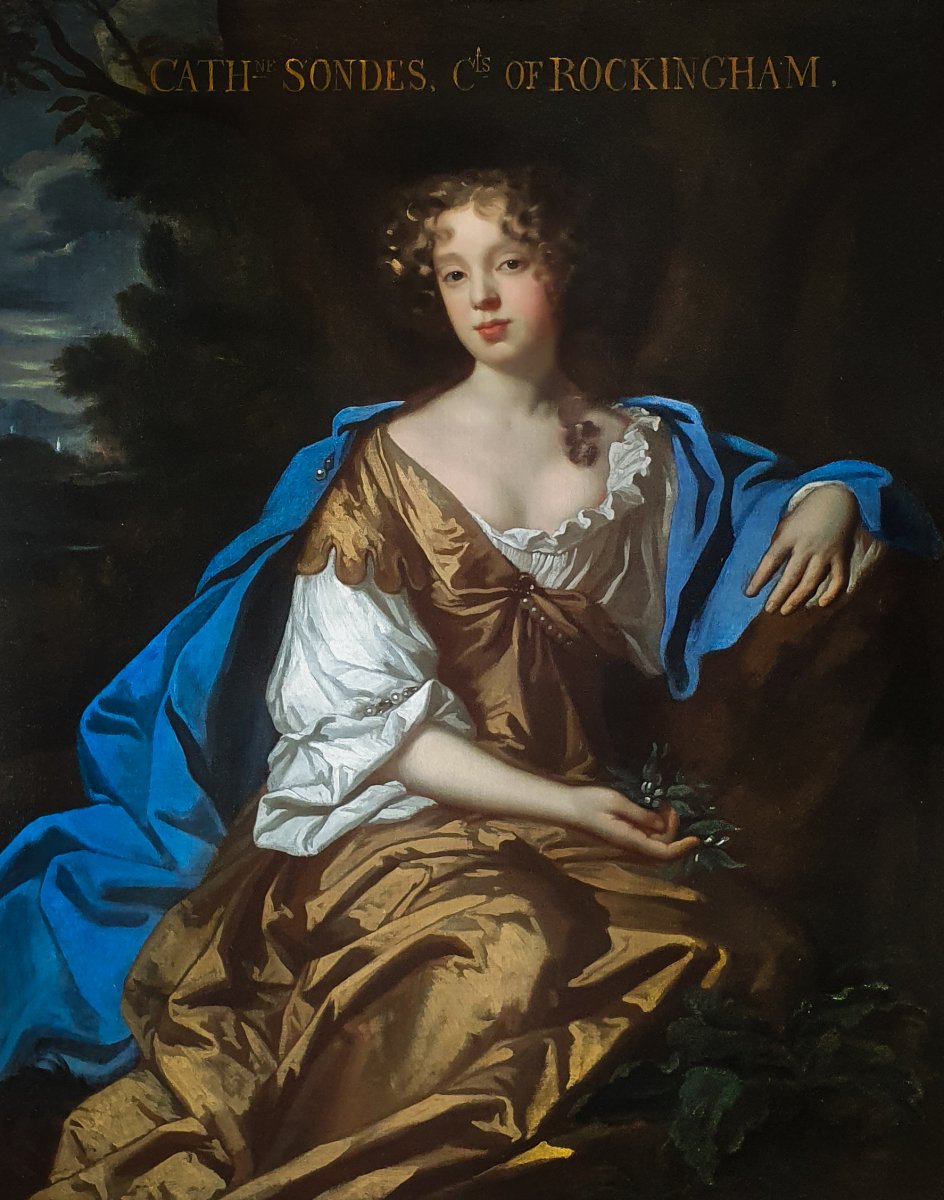
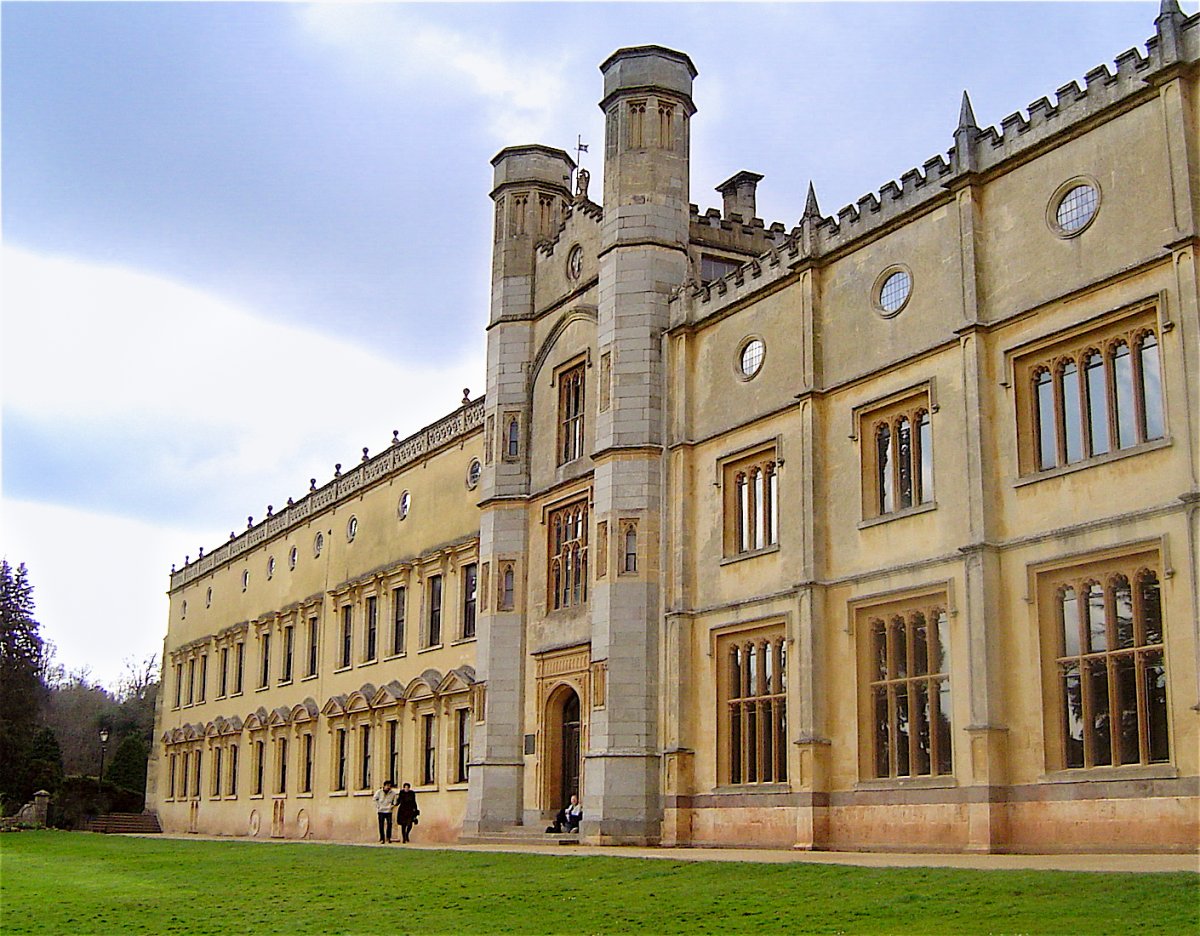
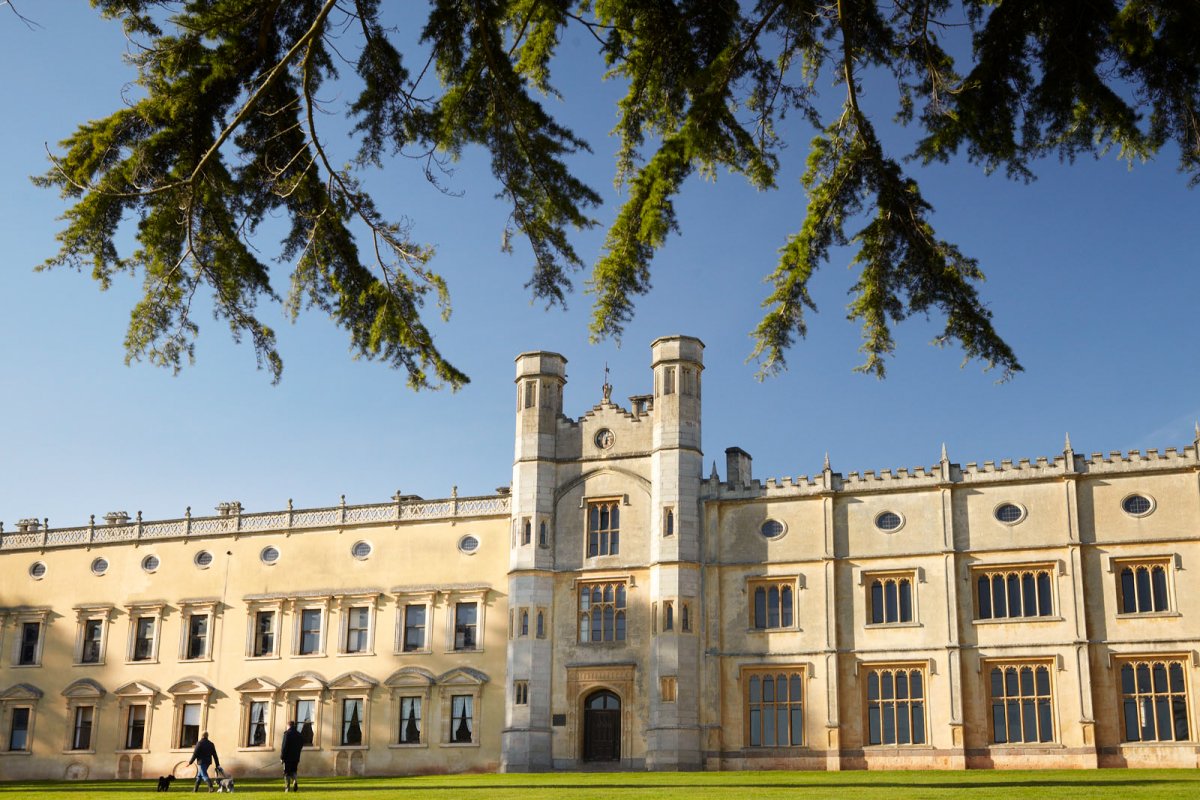
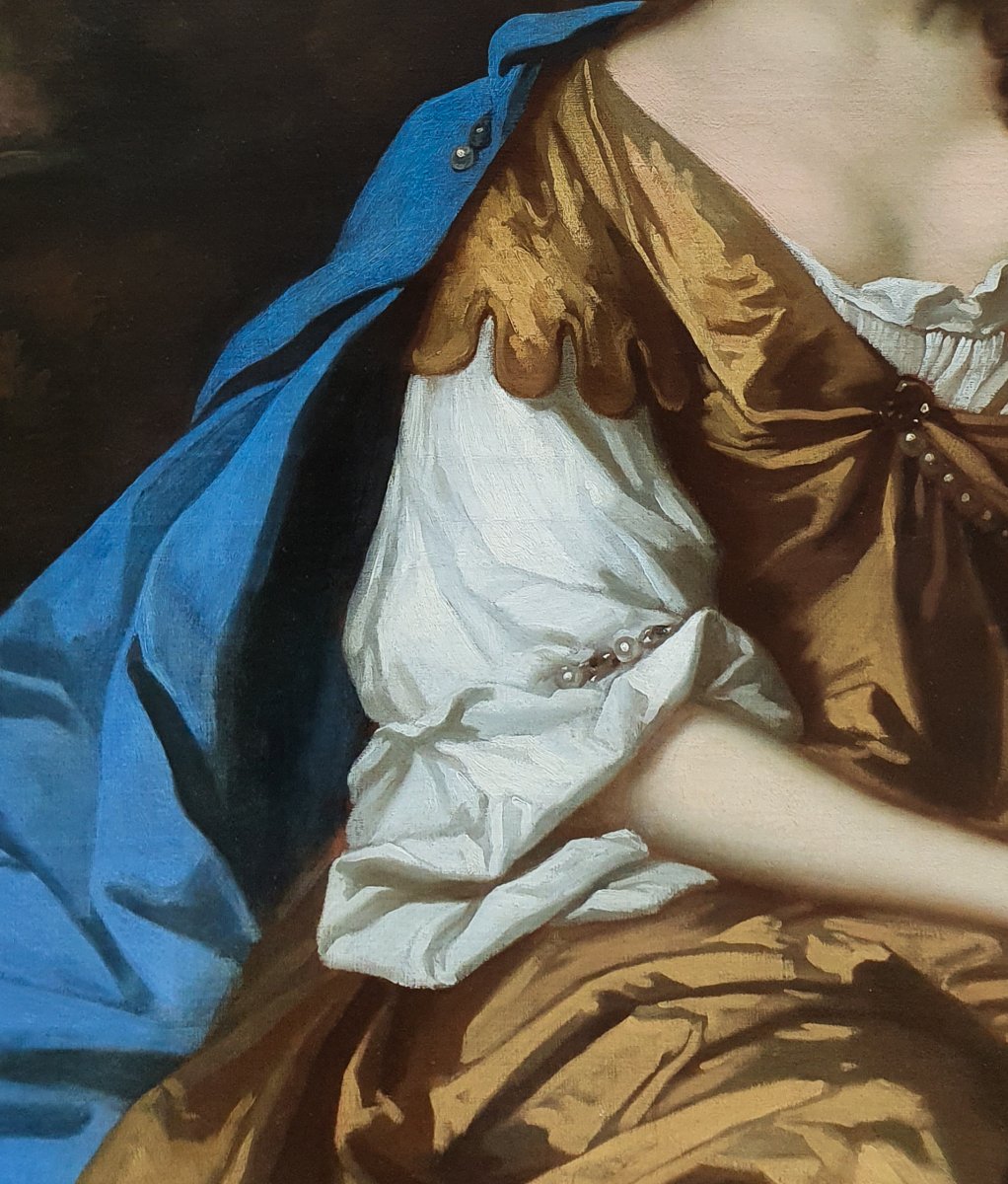
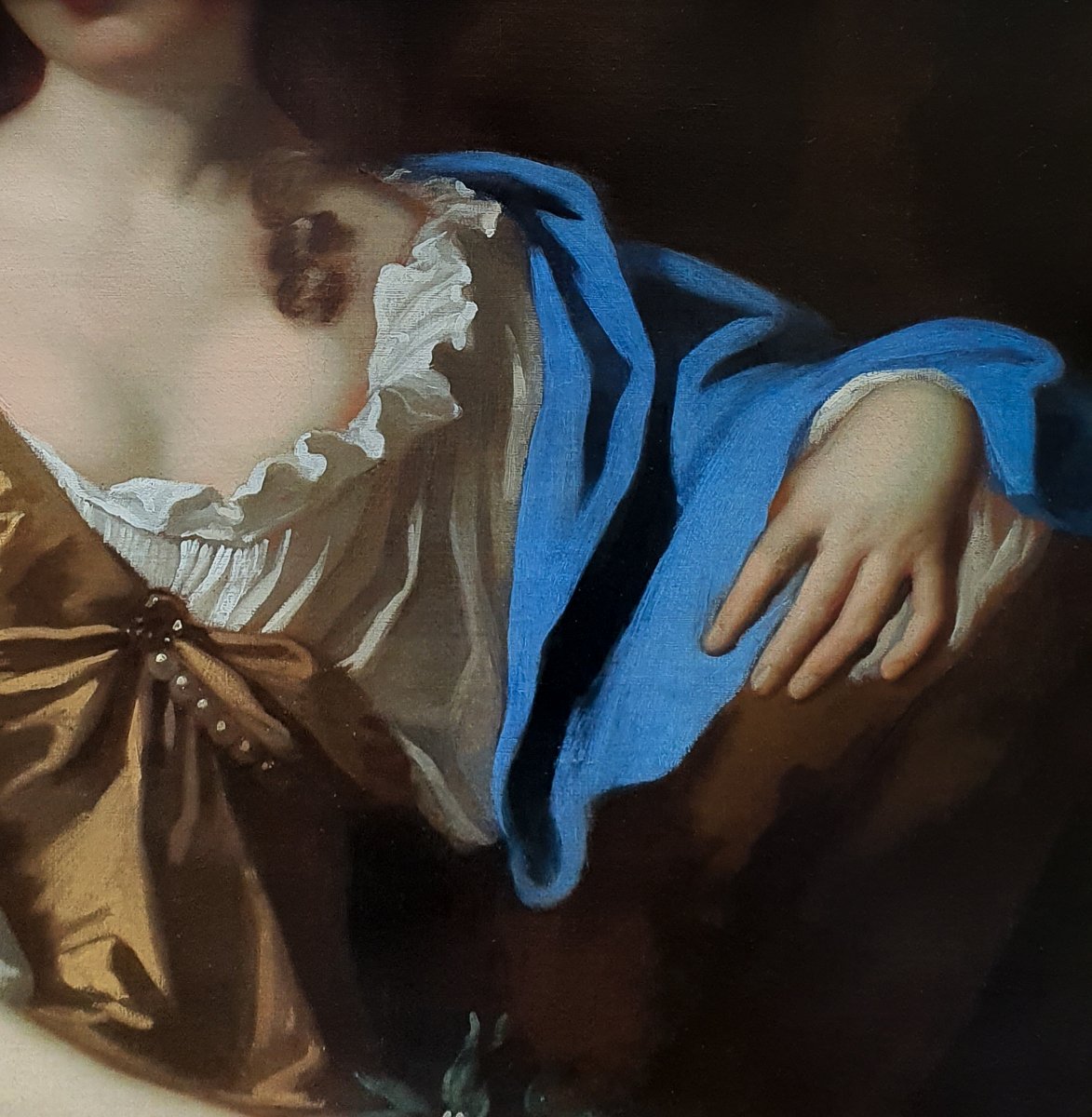
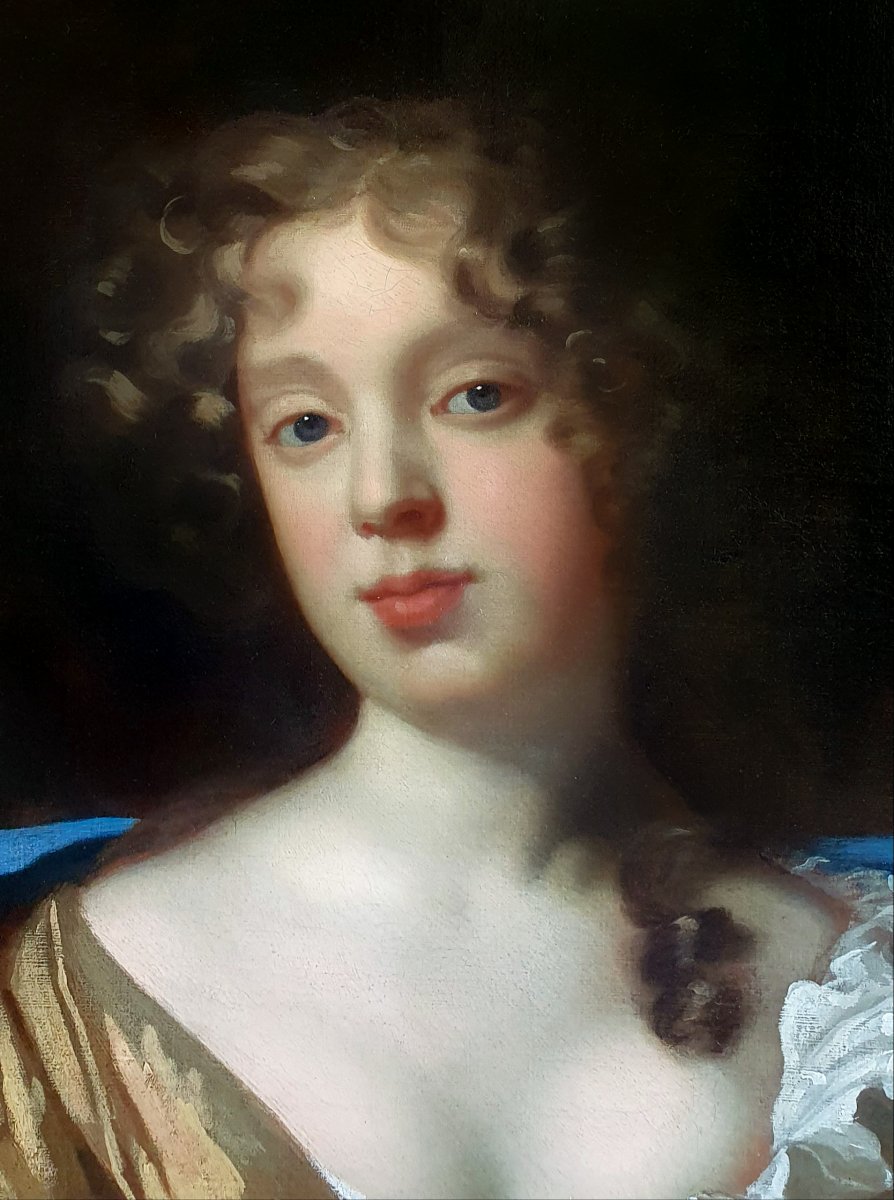
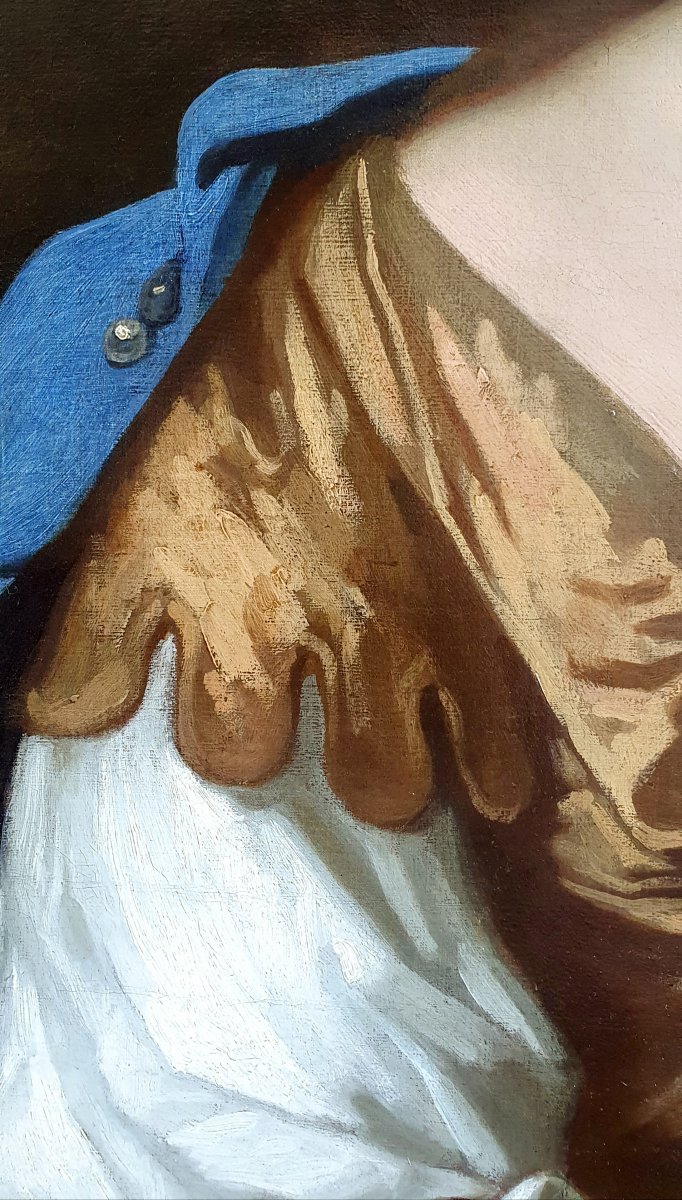

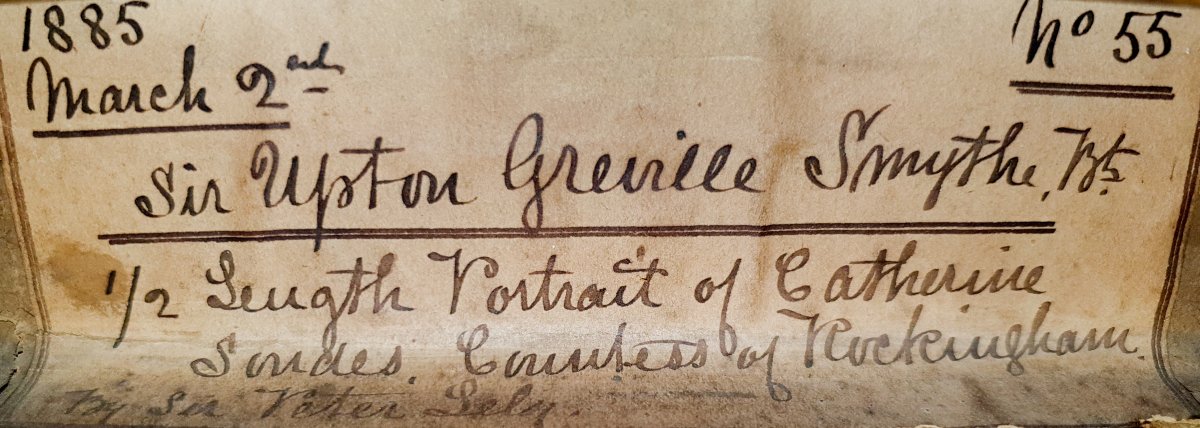

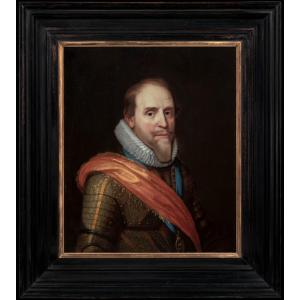
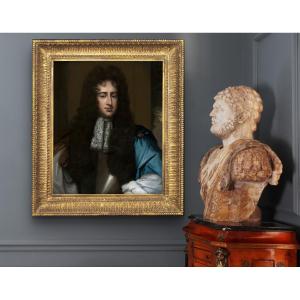
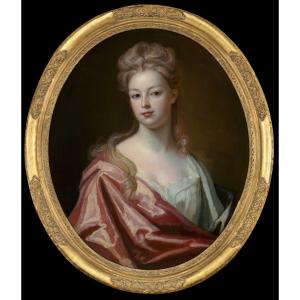



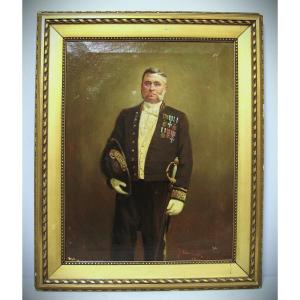
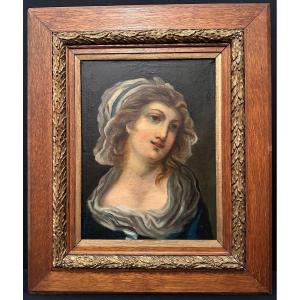

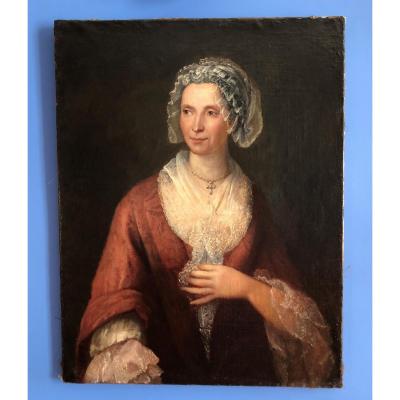





 Le Magazine de PROANTIC
Le Magazine de PROANTIC TRÉSORS Magazine
TRÉSORS Magazine Rivista Artiquariato
Rivista Artiquariato
